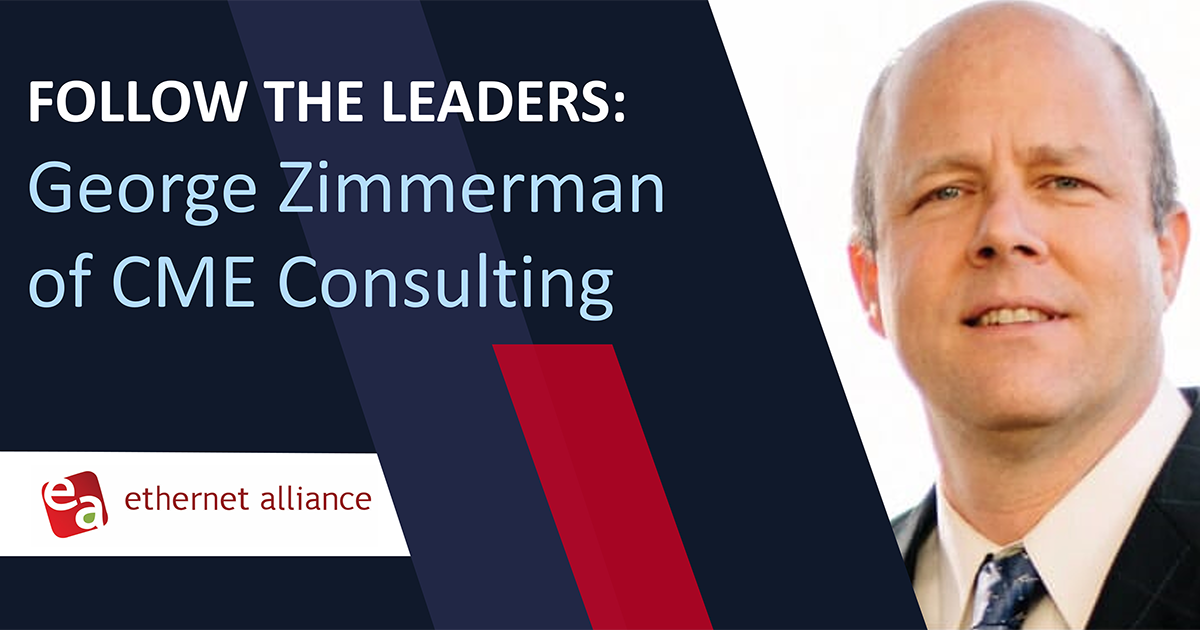TEF Q&A – Ramanujam Rao, Nationwide Insurance
What points will you be discussing during your panel at the TEF?
My talk will be primarily focused on things that have progressed from R&D and are quite real in the things we are doing today in our data centers.
We are currently in the process of building a brand new data center that, to add to our currently functioning data centers, that will help us scale to serve our growing customer needs. While we will have a state-of-the art data center, we’d like to achieve three other major goals.
- Reduce our operating costs and the complexity of our infrastructure and hardware footprint by actively adopting . Fibre Channel over Ethernet (FCoE) as the core foundation of how we design our network architecture blending network and data on the same physical media.
- Allow easy provisioning, seamless extensibility and scalability across all of our data centers, to facilitate optimum usage of all available capacity using emerging technologies to extend our layer 2 networks between operating facilities.
- Improve our energy efficiency posture and green footprint by aspiring for LEED Gold standards, and adopting efficient cooling technologies and data center rack layouts.
What challenges do you face building your new data center?
Our Tier II data center, primarily used for DR and testing purposes, was built decades ago and as time passed the location is not ideal considering the expected growth and future reliability needs. The initial sense of urgency has given way to a feeling of opportunity to build a data center that is much more efficient, cost effective and scalable.
With our stated objective of ensuring that we utilize the capacity of all our data centers, and to realize better DR planning and utilization spikes, we plan to run our datacenters in a active-active configuration where applications run live in two of the data centers, with each facility having the necessary capacity to run 100% of the application workload However the configuration comes at the price of network latency, and will be a large factor in driving decisions about location, network design etc.
Size and scale of data centers are also an overriding issue. Ideally, for both location and capacity, we would want to plan in such a way that there is enough room to grow and sustain for forseeable future without getting constrained by real-estate or utilities.
With the growing cost of energy, managing energy and real-estate costs are another set of overarching concern we have to consider.
What is Ethernet’s role in your planning?
The adoption of recent advances in ethernet-based technologies form the backbone of planning and developing of our datacenters. The datacenter will support 10G, but can scale to 40G and beyond in future. Given we have the opportunity to build everything from scratch, we are more than eager to use ethernet standards and implementations, such as Fiber Channel over Ethernet (FCoE), virtual Port Channel, Next Gen Layer2 and OTV. We expect that the merger of network and storage protocols on a single fabric combined with the advances in virtual networks will provide capabilities that we can exploit today and in the future. Since new builds are generally less painful than in-place upgrades, our remaining challenge will be the upgrade of the infrastructure of our existing Tier IV facility to bring its capabilities in line with our new data center. Organizationally, today’s world is very real-time and transactional in nature, which is why we are building an active/active data center.
We deliberate extensively on the impact of “Cloud” on the design and architecture of our data centers. While it will continue to evolve and drive some of our decisions, however, cloud implementations for us is less an infrastructure architecture issue and more of enterprise process issue. The challenges of implementation of private or hybrid clouds do impact from our network architecture choices, but the processes we adopt surrounding industry regulatory constraints, privacy issues and liability issues, are bigger catalysts to the posture take to architect anything different for Cloud.
How are you improving energy efficiency in the new data center?
We are hoping to build our new data center in a way that enables us to achieve the LEED Gold Standard. While we are environmentally conscious, we also want to recognize the economic benefits of adopting efficient data center technologies . We are incorporating air-side economizers as well as the use of hot-aisle containment to more efficiently cool our data center hall. Additionally, on-site backup diesel storage will allow us to operate for several days in the absence of grid power.
Adopting industry energy efficient standards also results in a gamut of improvements in all aspects of structural developments from insulation standards to material reuse that will add up to substantial cost efficiency. Our data center is currently being built to a 10G Ethernet standard and it is scalable as new bandwidth standards emerge. All of the technologies involved in the data center offer some form of energy conservation, which provides us with functional value as well as energy savings.



